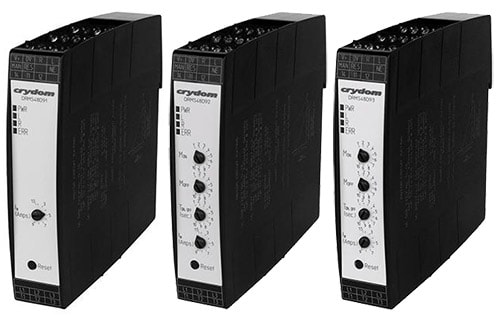tomb7us
Chemical
- Feb 21, 2008
- 9
I'm an up in coming engineer yet to have taken heat transfer, and im curious how you would size a heat exchanger. I am going to start working on a project in which im going to have to size an exchanger, with help of course.
Water will be entering the exchanger at approx 120*F then will need to be heated to 150*F by using hot condensate from a process else where in the plant. I dont even know where to start looking or what to consider. The flow rates into the exchanger will be 20 gpm and the water out will just be going to fill a tank.
Where do i start?
Water will be entering the exchanger at approx 120*F then will need to be heated to 150*F by using hot condensate from a process else where in the plant. I dont even know where to start looking or what to consider. The flow rates into the exchanger will be 20 gpm and the water out will just be going to fill a tank.
Where do i start?




